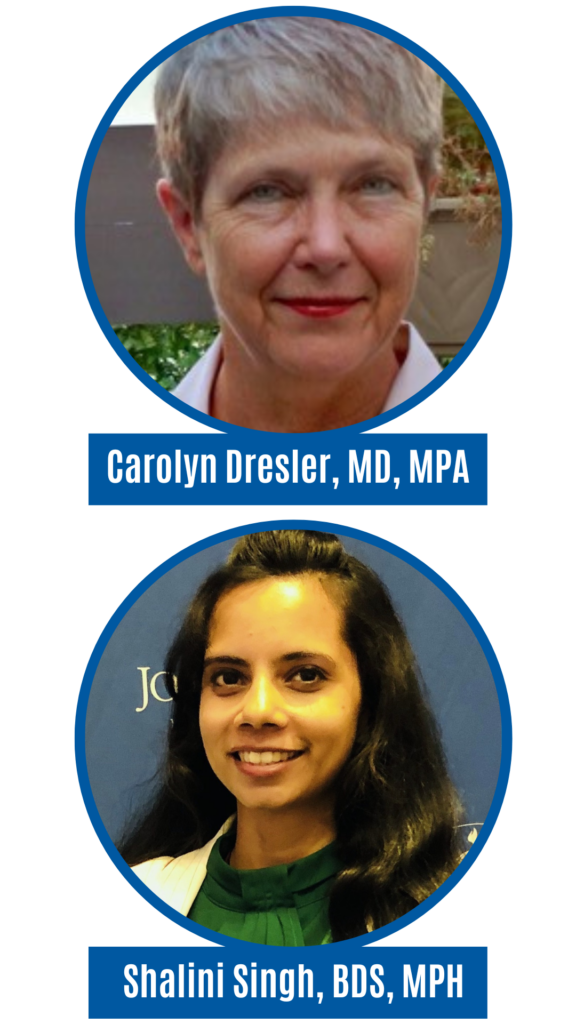How US Healthcare Professionals Can Strengthen Tobacco Cessation Interventions
 Tobacco kills over 22,000 people every day globally, and over 480,000 people annually in the United States alone,1,2 more than the combined deaths caused by AIDS, alcohol, car accidents, illegal drugs, murders and suicides.2 Out of all the American children who initiate smoking every year, one third ultimately die from it.3 At the economic front, cigarette smoking cost the United States more than $600 billion in 2018, including more than $240 billion in healthcare spending and nearly $370 billion in lost productivity.3,4
Tobacco kills over 22,000 people every day globally, and over 480,000 people annually in the United States alone,1,2 more than the combined deaths caused by AIDS, alcohol, car accidents, illegal drugs, murders and suicides.2 Out of all the American children who initiate smoking every year, one third ultimately die from it.3 At the economic front, cigarette smoking cost the United States more than $600 billion in 2018, including more than $240 billion in healthcare spending and nearly $370 billion in lost productivity.3,4
Given that more than half of the adult consumers of combustible tobacco report having made a quit attempt in the past year BUT few actually succeed, with only one-third using evidence-based methods,4 it’s time we contemplate our insufficient approach toward cessation.
Only 57% of people who smoke and see a healthcare provider even receive any advice to quit.4 Healthcare professionals play a vital role in educating patients about the harms from tobacco use, and in providing cessation counselling as they work very closely with the patients. Brief advice from healthcare professionals can increase success rates of quitting by up to 30%, while intensive advice can increase it by 84%.5
In 2020, states collected $27.2 billion from tobacco taxes and court settlements, but spent only 2.7% of it on prevention and cessation programs. Connecticut, in fact, provides no state funds for prevention and quit-smoking programs.4
Is this the future we are securing for our children? America needs to do better!
What should we do?
Broader Interventions
Affordable, Accessible and Timely
- Prioritize providing all tobacco users with effective interventions, without cost or access barriers.
- Set up quit-cessation clinic in hospitals, clinics and primary care offices, with direct access to telephone quit line services.
- Utilize mobile apps and social media platforms of hospitals to educate and/or disseminate information on cessation methods and services.
- Provide direct referrals for cessation counselling with trained specialists.
- Require cessation interventions and referrals for anyone who uses tobacco if they visit healthcare specialists for any reason.
- Provide group behavior interventions (support with behavioral health/coping skills) by setting up group counseling sessions.
- Continue clinic-based research for more effective cessation interventions.
- Run provider-focused media educational/intervention campaigns.
- Rigorous follow up to prevent relapse.
Specific Healthcare Professionals’ Interventions
- Combined behavioral and pharmacological methods, through a comprehensive framework to treat both physical and psychological dependence along with support for relapse prevention.
- All patients should be asked about their tobacco use (inclusive of electronic products), whether or not risk factors for use are present. Any positive responses should be advised and require interventions to stop.
- 5A’s- Ask, Advise, Assess, Assist, Arrange or AAR- Ask, Advise, Refer (to trained cessation counselors or a quit line) should be followed by all healthcare providers. An evaluation should be made of the evidence-based cessation medication to further increase the probability of a successful quit.
- Systematic Follow-up must happen to confirm and provide further motivation for a successful, long-term quit.
It’s imperative that we take consistent cessation interventions earnestly and urgently!
In the words of the authors:
“As a personal message, I do not believe that most physicians acknowledge and reward their patients in their pathway to quitting. I have had a patient tell me that the two most ‘proud’ accomplishments of their life were their children and quitting smoking. We know – we are taught – that quitting smoking is hard. But, I don’t know that we recognize how hard it is. It is one of the reasons for the high relapse rate. BUT – if we have a good respectful relationship with our patients – they trust us. The least we can do is to congratulate them – maybe even at every clinic visit. It truly is that important.”
–Carolyn Dresler, MD, MPA, ASH Board Trustee
“Over ten years of my clinical service, I witnessed many of my patients turbulently sailing through the journey of quitting tobacco, especially after being detected with mouth cancer. It used to break my heart everyday, but it hit me hardest when my Dad went through a massive myocardial infarction (heart attack) because of his tobacco use. I personally witnessed his suffering every day and felt so proud of his efforts to quit. As healthcare providers, we need to stand by, support and encourage each person who takes even one step toward quitting, with as loud an applause as possible.”
-Shalini Singh, BDS, MPH, Fellow-Oral Implant Surgery
Relevant Resources:
https://www.cdc.gov/tobacco/quit_smoking/index.htm
1-800-QUIT-NOW
References:
1. WHO Fact sheet: https://www.who.int/news-room/fact-sheets/detail/tobacco
2. CDC Resources: https://www.cdc.gov/tobacco/campaign/tips/resources/data/cigarette-smoking-in-united-states.html
3. US Toll: https://www.tobaccofreekids.org/problem/toll-us
4. CDC facts sheets on cessation: https://www.cdc.gov/tobacco/data_statistics/fact_sheets/cessation/smoking-cessation-fast-facts/index.html
5. Tobacco Intervention: https://www.who.int/activities/quitting-tobacco
(Accessed September 29, 2023)









